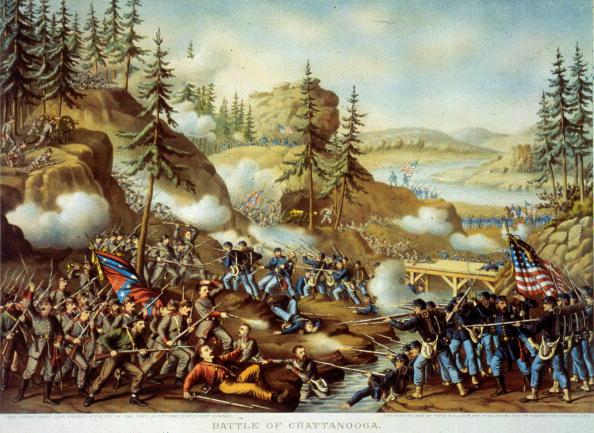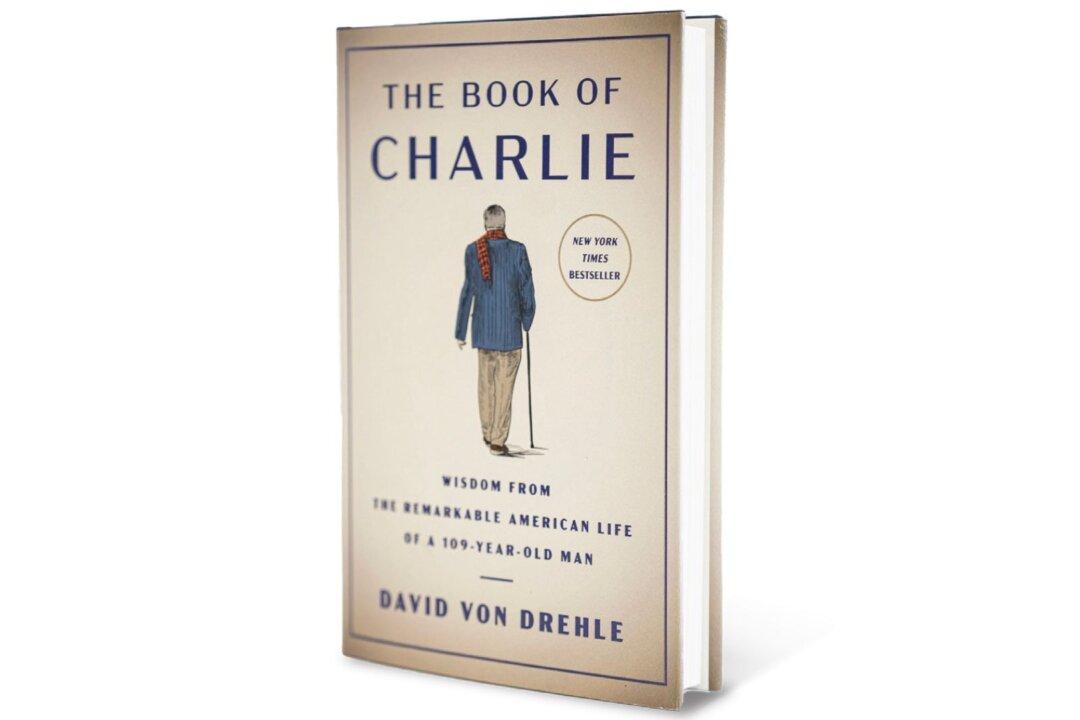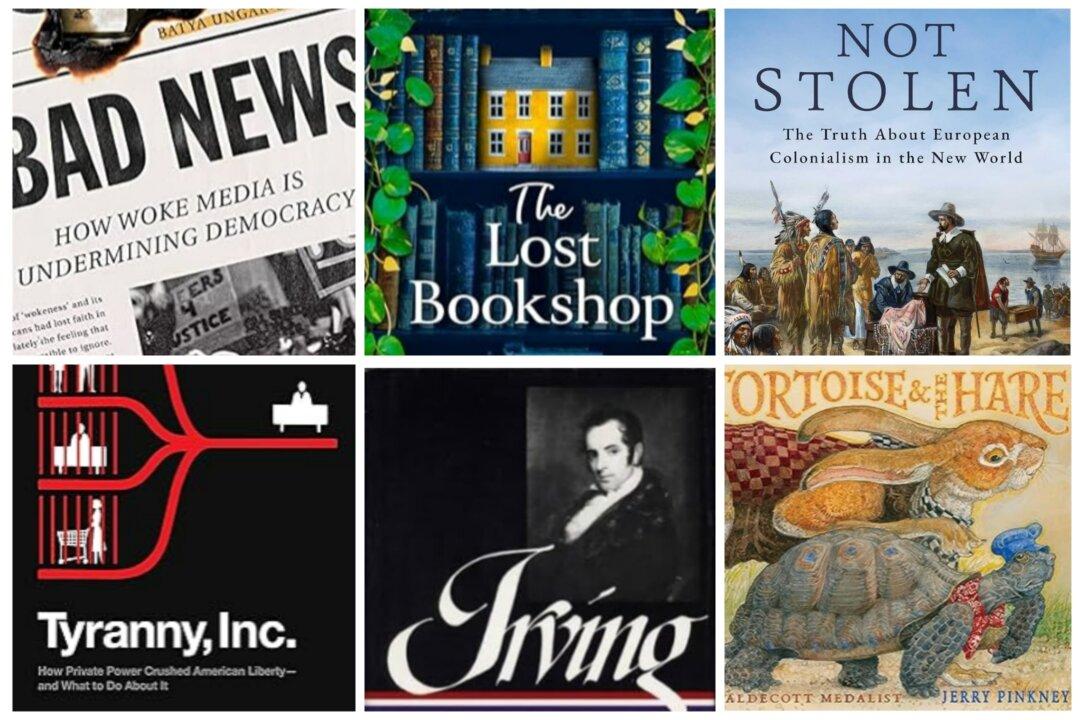“Lockett and the Devil’s Path” is the fourth in a series of historical fiction by author T.J. Johnston. But no worries if you haven’t read the other three; it’s just fine as a standalone. If you are a fan and have been anxiously waiting for the fourth, you won’t be disappointed as Mr. Johnston’s main character, James Lockett, is back handily immersing himself in the day-to-day drama of the Civil War.
This one opens in March 1863 in Tennessee and focuses on the events leading to the Tullahoma Campaign in June of the same year. This successful campaign marked a turn in the Civil War: It paved the way to Chattanooga and the road to Atlanta for the Union Army.






